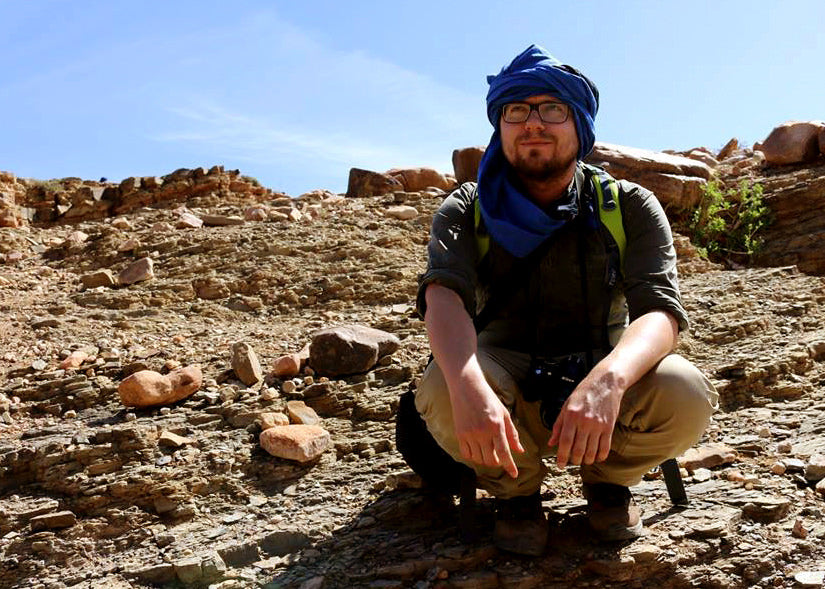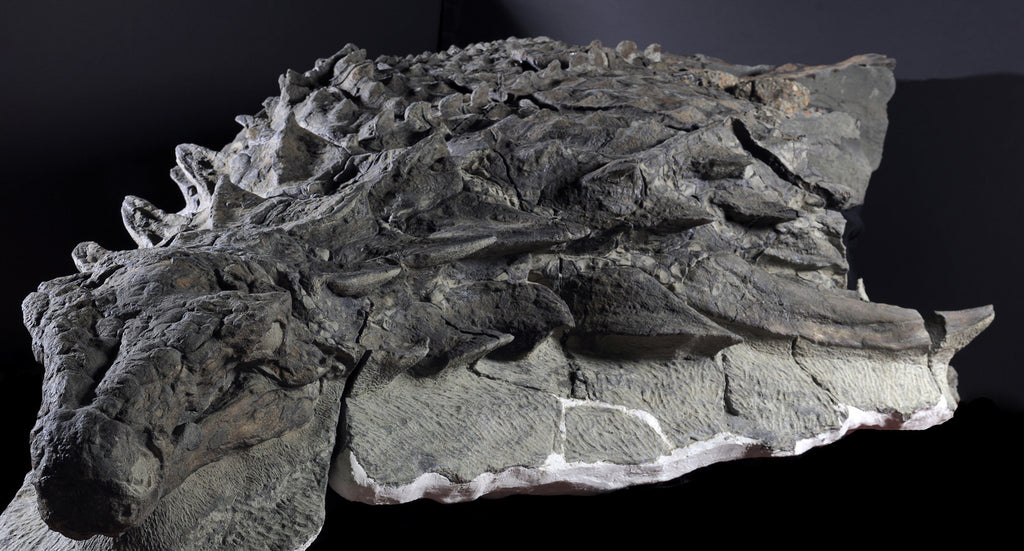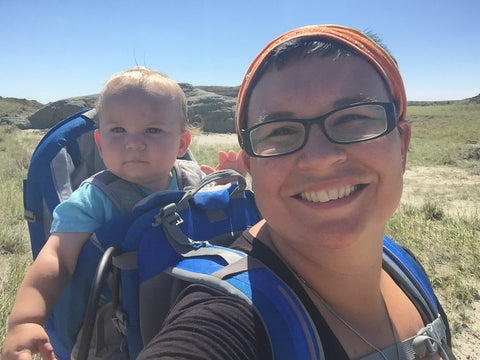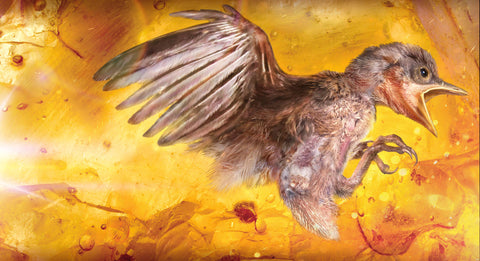Willard: The Tale of a World Record-Setting Triceratops Skeleton

Willard - possibly the largest Triceratops prorsus skeleton ever found - spans 28 feet long and 11.8 feet high. Credit: Diego Mattarelli
Have you ever wondered how a dinosaur skeleton ends up in a museum or public exhibition? Who discovers and digs up the bones? How are the bones stabilized and prepared? And what process is used to restore the missing parts and, eventually, assemble the finished specimen? Read on to find out more about Willard —an astounding fossilized Triceratops prorsus skeleton recently unearthed in the badlands of North Dakota -possibly the world’s largest example of the species ever found!



 "Mummified" Nodosaur (new armoured dinosaur). Image courtesy of the Royal Tyrrell Museum, Drumheller, AB.
"Mummified" Nodosaur (new armoured dinosaur). Image courtesy of the Royal Tyrrell Museum, Drumheller, AB. 
